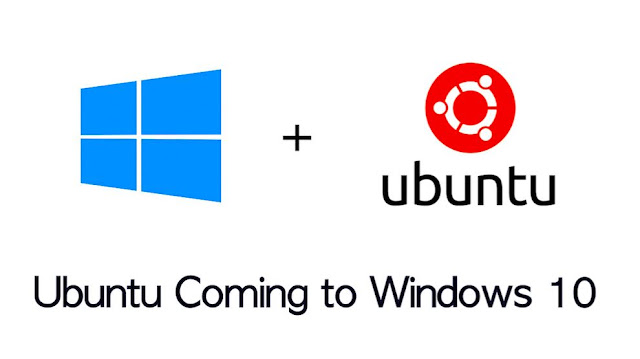Red Hat Enterprise Linux 6.8 Released With New Features — The Most Popular Server Linux
Red Hat recently announced the latest iteration of its widely popular enterprise Linux — Red Hat Enterprise Linux 6.8. This release comes with lots of new features, marking the Production Phase 2 of RHEL 6. Red Hat Enterprise Linux 6.8 provides new capabilities to system admins by making this dependable server Linux even more stable.
Red Hat Enterprise Linux is one of the leading server Linux distributions around, including the likes of Ubuntu 16.04 LTS Server and SuSE Linux Enterprise Server (SLES).
The world’s leading open source solutions provider Red Hat, has announced the general availability of RHEL 6.8. With more than 6 years of successful run, Red Hat Enterprise Linux 6 has set the stage for delivering new capabilities and bringing a stable and trusted platform for IT admins.
Red Hat releases RHEL 6.8 with many new features!
The base image of RHEL 6.8 has been changed to allow sysadmins to migrate the workloads to containers. As usual, Red Hat Enterprise Linux 6.8 includes multiple changes to help the organizations improve their security and efficiency.
Improving the VPN security, RHEL 6.8 has switched to libreswan, replacing openswan as VPN endpoint solution.
Thanks to the improvements to the Identity Management client code (SSSD), the customers will see simpler management and client-side performance.
With the new adcli support, the Active Directory domain RHEL management has been simplified. Identity login has also been made simpler with client cached authentication.
In RHEL 6.8, Relax-and-Recover, a system archiving tool, has been included to make lives of system admins easier by helping them create backups in the familiar ISO formats.
The dealing with packages has also been made simpler with an enhanced yum tool. RHEL 6.8 also provides a better understanding of storage usage and performance. Another great change comes in the form of support for up to 300TB data in xfs filesystem.
This release also marks the Production Phase 2 of RHEL 6.
















